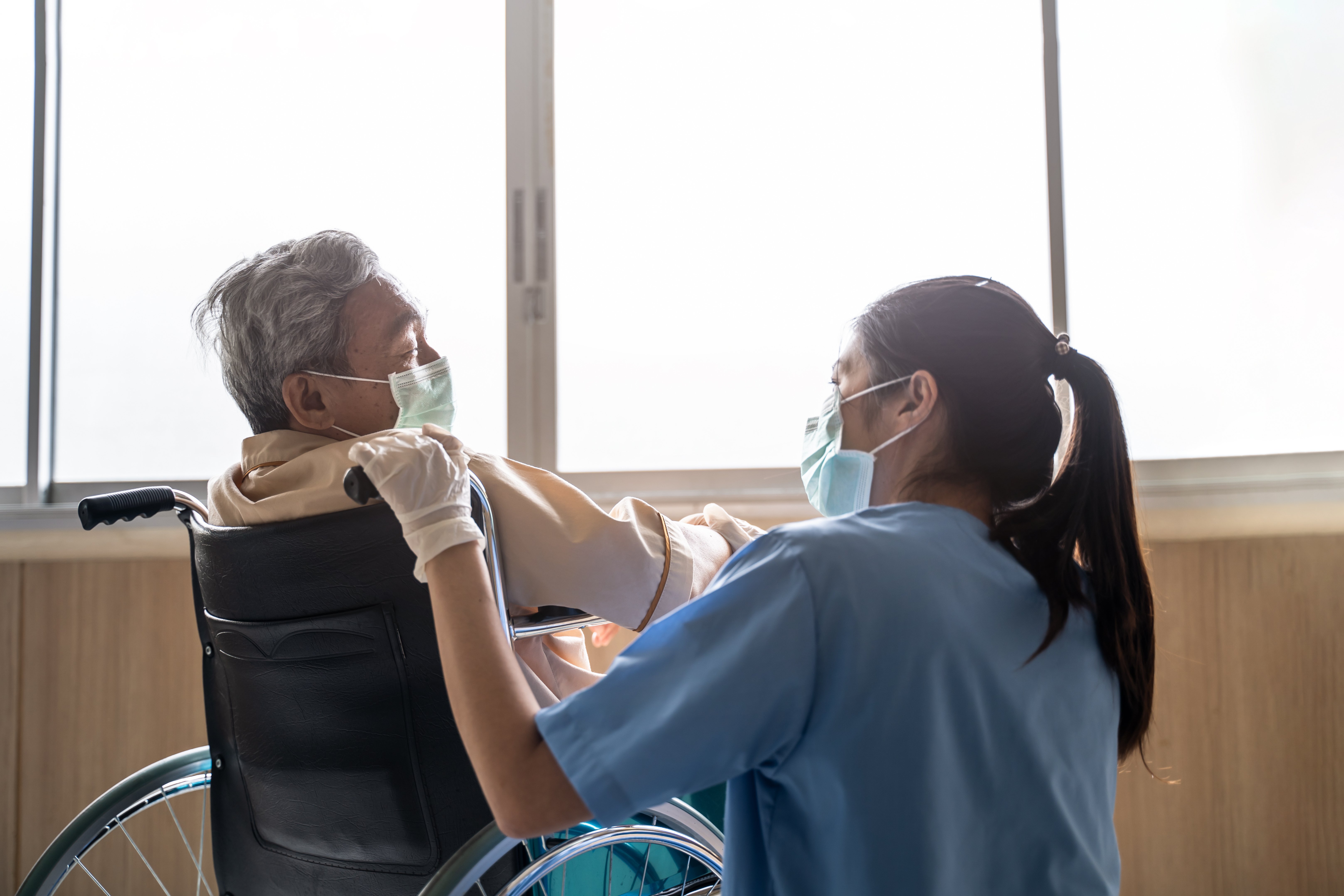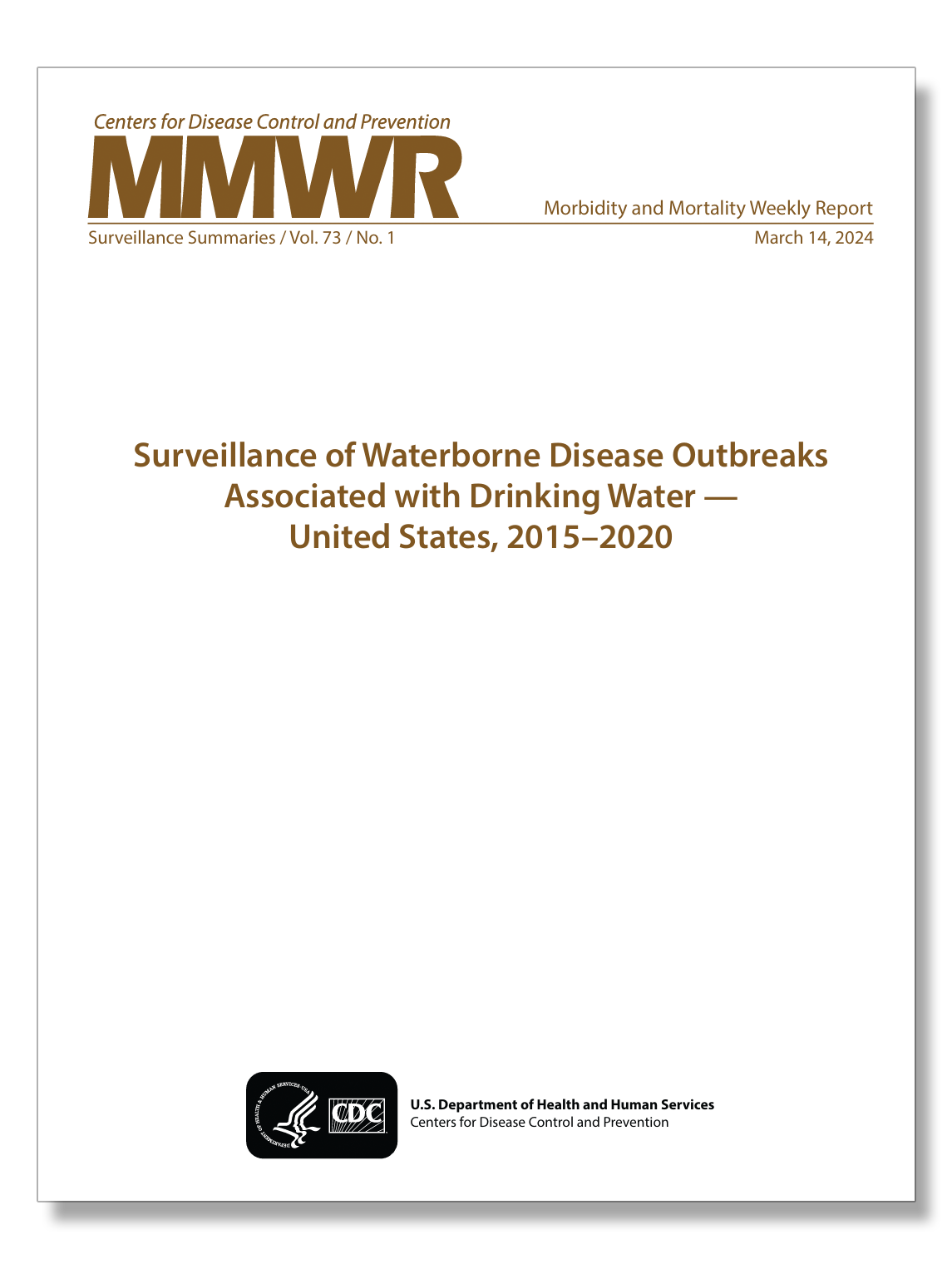Phigenics, LLC | 3S701 West Ave, Suite 100 | Warrenville, IL, 60555 | Tel. 844-850-4087
© 2019 Phigenics, LLC. All rights reserved.

Biofilm Pathogens are structured communities of microorganisms that adhere to surfaces and produce a sticky, protective layer. In water systems, biofilms grow on the inner surfaces of pipes, fixtures, and tanks primarily due to stagnant water and inconsistent flow. Low disinfectant levels, fluctuating water temperatures, and dead-end piping create an ideal environment for biofilm clusters to form. Buildings with complex plumbing systems or aging infrastructure are particularly vulnerable to biofilm growth.
Biofilms often harbor waterborne pathogens such as Legionella, Pseudomonas, Nontuberculous mycobacteria (NTM), and E.coli. Due to their protective matrix, biofilms can resist standard disinfection methods, increasing the risk of Hospital-Associated-Infections (HAIs) for immunocompromised patients in healthcare settings.

The report summarizes U.S. waterborne disease outbreaks from 2015 to 2020, highlighting Legionella as the leading cause of outbreaks, hospitalizations, and deaths in both public and private water systems. It emphasizes the need for better water management and biofilm control. Enteric illness outbreaks were often linked to well water contamination, stressing the importance of proper well construction and maintenance. The report underscores the complexity of preventing waterborne diseases and calls for comprehensive prevention strategies and enhanced surveillance.

From 2015 to 2020, 214 waterborne disease outbreaks across 28 states resulted in 2,140 illnesses, 563 hospitalizations, and 88 deaths. Legionella caused 86% of outbreaks, followed by Nontuberculous mycobacteria (NTM) and Pseudomonas. Public water systems were linked to 80% of outbreaks, while private systems were implicated in 43%. Biofilm-associated outbreaks were often due to premise plumbing issues, and enteric illness outbreaks were frequently linked to well water contamination. Improved water management and biofilm control are needed, along with proper well construction and maintenance.
Phigenics CEO Mark Crockett, MD, was joined by Healthcare Epidemiologist Angela Tonozzi, MD, MS, CIC, and Product R&D Supervisor Leah Wickenberg, MS, for an engaging discussion on the CDC’s MMWR article, Surveillance of Waterborne Disease Outbreaks Associated with Drinking Water — United States, 2015–2020. Together, they explained the role of biofilm pathogens, their impact on patient safety, changes in the regulatory landscape, and why Water Management Programs are more critical than ever.
Learning Objectives:
Watch the video clip below to learn more about controlling biofilm pathogens in plumbing systems and at point of use.
Tenure with Phigenics
Co-founded Phigenics in 2004
As President, Ashton directs and facilitates the strategic decision-making of the Phigenics Management Team and the Board of Advisors, as well as establishes relationships with strategic partners and the investment community.
Prior Experience
Ashton has over 28 years' experience in the water treatment industry, including a variety of sales, marketing and management positions with Nalco Chemical Company and Suez. Ashton ran several business units for Nalco, primarily in the middle and C & I markets. He has had district, regional, national and international management responsibilities.
Education
Affiliations and Certifications
Patients undergoing surgeries, transplants, and CHF treatments are at risk of infections from contaminated water in healthcare facilities. Continuous water management is crucial to prevent these infections and ensure patient safety. Biofilm-associated pathogens in water systems can cause significant morbidity and mortality. The article also reports on waterborne disease outbreaks from 2015-2020 using data from the National Outbreak Reporting System (NORS), similar to the National Healthcare Safety Network (NHSN).

Patients can be exposed to Legionella from water aerosols produced by showerheads and cooling towers. Multidrug-resistant Pseudomonas often spreads from handwashing sinks and faucet aerators, infecting through direct contact, airborne droplets, aspiration, or contaminated hands. Nontuberculous mycobacteria (NTM) are commonly linked to heater-cooler units used in cardiac surgery. Understanding these sources enables healthcare professionals to implement targeted water system controls and reduce the risk of infection.

Waterborne infections pose serious risks to patient safety and hospital operations. For instance, a diabetic patient’s successful knee replacement resulted in a longer hospital stay and increased costs after contracting Legionella. Research shows that drinking water is the source of 40% of hospitalizations and half of all deaths from waterborne infections in the U.S., costing $1.39 billion annually. Preventing these infections is essential to protect patients and healthcare resources.
Effective control of biofilm pathogens in healthcare starts with a comprehensive water management program. Following CMS, ANSI/ASHRAE Standard 188 regulations, VHA Directive 1061, and TJC EC 02.05.02 helps reduce risks from Legionella and other waterborne threats. The CDC Toolkit offers step-by-step support for building these programs. Staying compliant ensures patient safety and reliable operation of complex plumbing systems.
Phigenics, LLC | 3S701 West Ave, Suite 100 | Warrenville, IL, 60555 | Tel. 844-850-4087
Phigenics empowers our clients to prevent disease and injury by improving the safety, defensibility, and value of water management programs. We do not sell water treatment or hazard control chemicals, and we are not driven to provide a solution that is restricted to an internal product line. We are a vested partner in your water management program and provide INDEPENDENT verification and validation services.
Corporate Office / Lab:
Phigenics, LLC
Arkansas Office / Lab:
Phigenics, LLC
Phone: 1.844.850.4087
Fax: 630-717-8528
Email: info@phigenics.com
© 2025 Phigenics, LLC. All rights reserved.
Phigenics is an innovative water management company that meets the increasingly complex needs of facility owners and managers to improve overall water safety while reducing operational (water, chemical, energy) and capital costs. Our innovative solutions and business model represent a clear shift in thinking. We do not sell chemicals or water treatment equipment and we are not driven to provide a solution that is restricted to an internal product line.
Phigenics LLC
3S701 West Ave, Suite 100
Warrenville, IL 60555
Phone: 844.850.4087
Fax: 630-717-8528
Email: info@phigenics.com
© 2022 Phigenics. All rights reserved.